People who feel safe drinking water straight from the tap may not think about the dangers that could be lurking. It wasn’t really until the 2014 Flint Water Crisis that the dangers of lead pipes connected to drinking water were brought back into the public eye.

In April 2014, the city of Flint made a decision to save money by switching the drinking water supply to the Flint River. Officials did not treat the water properly, and the highly corrosive water leached lead from the pipe infrastructure, contaminating thousands of residents’ homes.
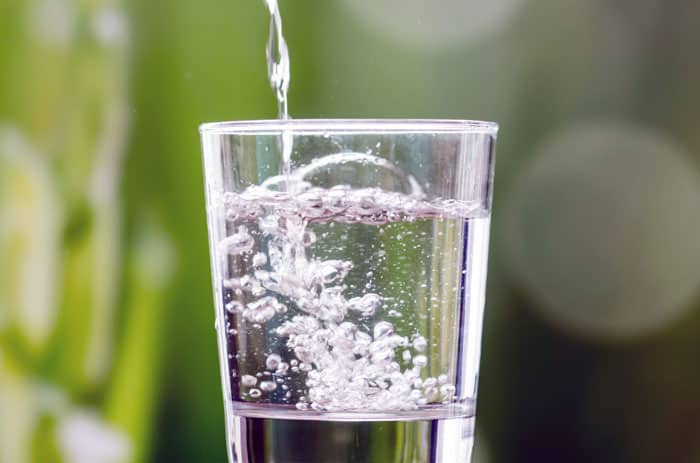
Prior to Flint, the District of Columbia (DC) also saw a water crisis as early as 2001. To date, there are still small measurable amounts of lead in their drinking water.
No Amount of Lead is Safe
This type of health hazard could have been avoided. To safeguard and protect families, homeowners and renters have ways to be aware and best practices to prevent this type of hazard in their homes.

It’s important to note that there is no amount of lead that is safe to consume. Lead poisoning, whether through water or paint, can cause serious health concerns, especially in infants and children.
Table of Contents
This guide will provide information on:
- The history of lead pipes
- If lead pipes are dangerous
- Lead solder in plumbing
- How to tell if you have lead pipes
- How to remove lead pipes from your home
- Ways that lead poisoning in drinking water can be prevented
The History of Lead Pipes
Lead has been used in plumbing since it was invented. As early as the late 1800s, people knew that lead pipes could cause poisoning in humans and animals (mammals) who drank water from the tap.

In the 1920s, the use of lead in plumbing was banned or severely restricted. Due to lobbying from the Lead Industries Association (LIA), it wasn’t until the 1970s that lead pipes in plumbing was banned completely.
If you have a home that was built prior to 1970, you might have lead piping in your home.
Are Lead Pipes Dangerous?
Lead pipes themselves are not necessarily dangerous to humans. What creates the danger from lead pipes is the type of water that runs through them.
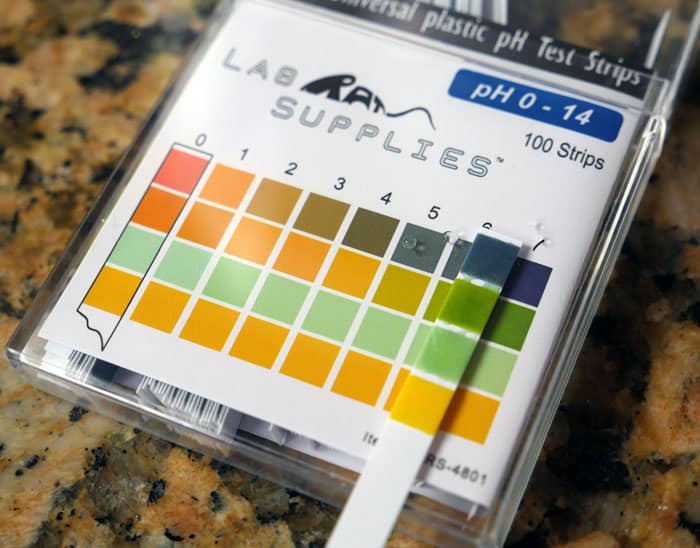
Acid and/or minerals in the water will corrode the pipes as it runs through, mixing with the water that ends up coming from the tap. Other ways lead can get into drinking water:
- Water temperature (hotter temperatures will corrode lead faster)
- Amount of wear in the pipes
- How long water sits in the pipes
- The amount of lead coming into contact with the water
- Presence of coating/scaling inside pipes
This can happen in the lead service lines that run to your home or in the lead pipes that run from the public lines into the home.
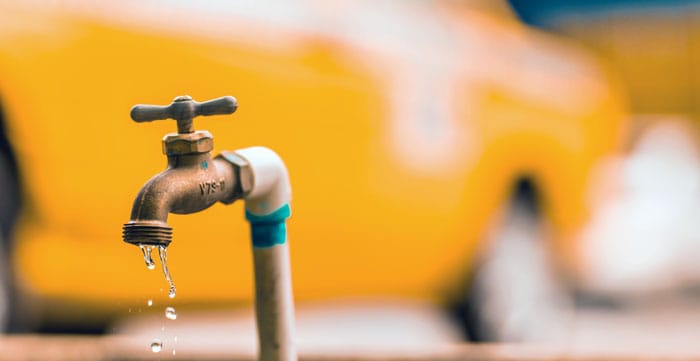
In 1991, the EPA instituted the Lead and Copper Rule, which creates minimum guidelines that public water systems must obey. This Rule has not been updated since 2007, though revisions are in the works and are scheduled for 2020.
- Lead in Plumbing
- Lead Poisoning in Children
- Childhood Lead Poisoning (CDC)
- Health Effects of Lead Poisoning in Drinking Water (EPA)
- Lead Pipes: A Threat to Kids Across America
Lead Solder in Plumbing
Lead-based solder was almost exclusively used to create plumbing systems until the Safe Drinking Water Act of 1974 was put into effect. Soldering occurs when a mix of high-temperature metals are melted at a joint to bind two separate metal plumbing pieces together to create one system.
The Act has created a requirement for new soldering metals, mainly tin-antimony and tin-silver. These solders have a higher initial cost but:
- Less is needed
- The bond is stronger
- The solder can tolerate higher temperatures
- Completely lead-free
Lead in Brass Fittings
Brass fittings can contain as much as 8% lead. Older homes that use brass fittings or fixtures may be at risk of lead exposure as these fittings degrade.
If you think your home may have aging brass filters you should test you water to verify the lead levels.
How to Tell if You Have Lead Pipes
If your faucets and exposed pipes are brass, you may think you are in the clear and don’t have to worry about lead pipes. But, it never hurts to check to make sure. Here is how to tell if you have lead pipes in your home.
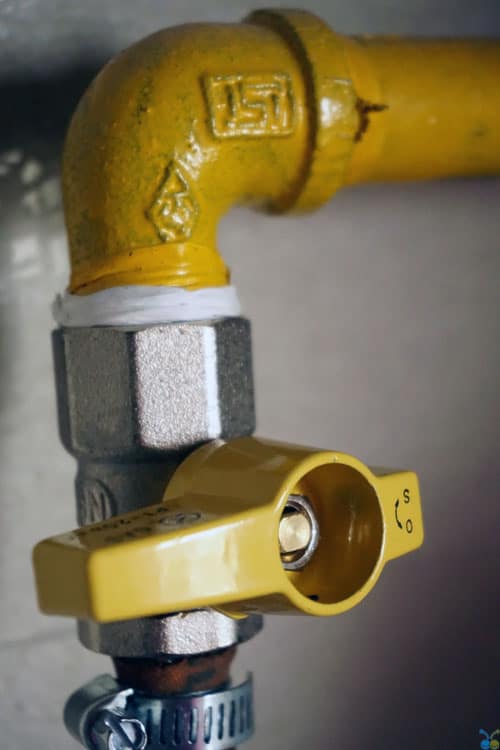
Lead services lines run from the public water system to your property. To check, go to the lowest level of your home and find the main water supply line connected inside your home. Check the color of the pipe:
- Dark matte gray color – this could be lead or copper. Take a key or tip of a screwdriver and scratch the pipe close to where it enters the house. If it’s orange, it’s copper. However, if it’s silver or gray, it might be lead.
- If its silver or gray, hold a magnet to it to see if it sticks. Does it stick? If so your pipes are probably galvanized steel. However, if not, then they are lead pipes
What about PVC & Plastic Pipes?
Plastic or PVC pipes will be white and easily able to determine. Do the same test for the pipes inside your home to see if you might have an internal lead pipe system.
Lead in water does not have a taste, smell, or ability to be seen. To make a final determination, the water can be sent to a lab to be tested.
If lead is found, it’s best to remove the lead piping completely.
- How to tell if there are lead pipes in a home – by The Allegheny Front
- Find the Lead Pipes in your home – by NPR
- Find out if Lead is in Your Drinking Water – by EPA
- Annual Drinking Water Report – by EPA
- What’s in Your Water with Interactive Map – by NRDC
- Find a Laboratory to Have Your Water Tested – by EPA
- Home Water Testing – by EPA
- Know the Facts on Lead – by CDC
How to Remove Lead Pipes from Your Home
If it’s found that you have lead pipes in an old home, action will need to be taken. The best solution is also the most expensive. Removing all the lead piping for lead-free piping, like PVC, is what ultimately needs to happen.
The county or city will replace lead pipes for free, however, the pipes on the homeowner’s property is their cost to bear. Estimates will vary from state to state, but it can cost upwards of $15,000 to replace the entire homes plumbing system.
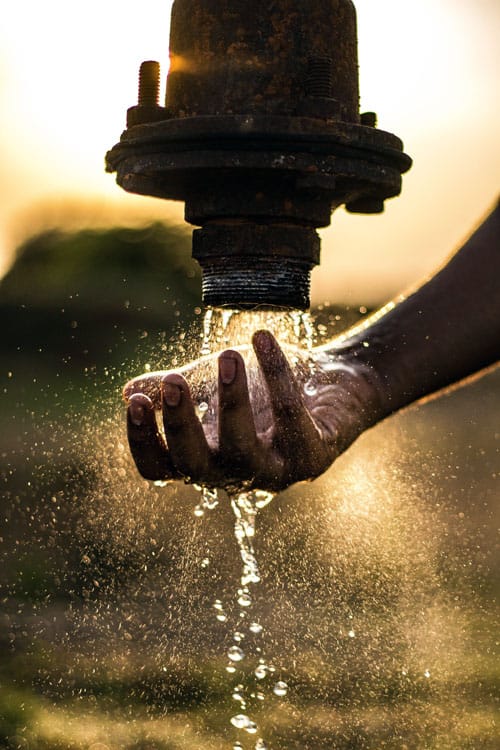
It’s best to call at least two to three different plumbing companies to come to the home to provide an estimate. The amount of boring needed to remove the old pipes and square footage of new pipes needed will be the bulk of the cost.
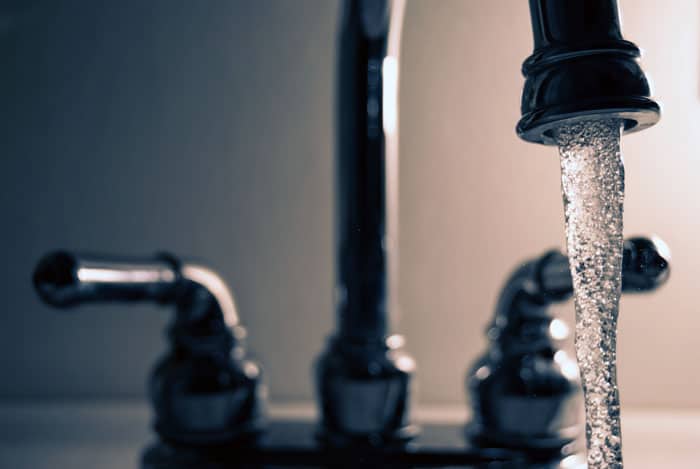
Avoid Partial Changes
Partial changes should be avoided, both on the property and in the public system. Lead particles can still contaminate the water, causing health concerns for the family in the home. This is why DC is still showing levels of lead in their water so many years after the initial crisis.
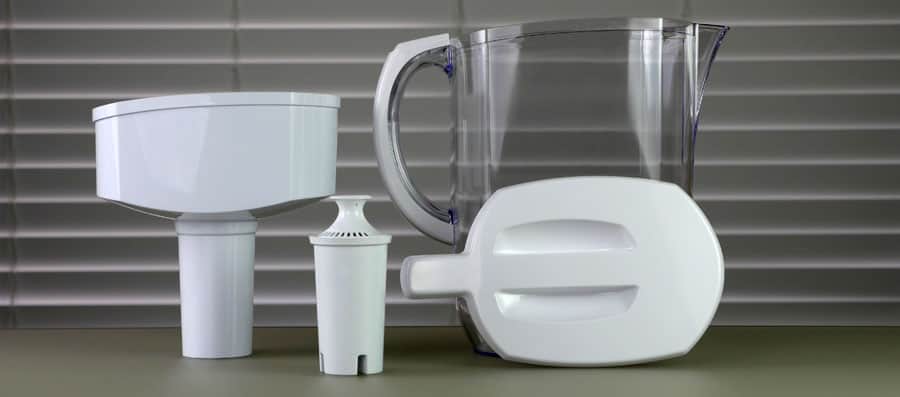
Coordinating with the water utility to do a complete lead service line replacement is ideal if the entire system needs to be upgraded. There are several techniques that can be used based on the way the lines are currently placed.
There are things that can be done until the complete lead service line replacement can be accomplished.
Ways that Lead Poisoning in Drinking Water Can be Reduced or Prevented
Preventing lead in drinking water is done by having a completely lead-free plumbing system. There are ways that lead can be reduced or close to eliminated in the meantime:
- Attach water filters to taps: This can be done using a whole water filtration system or at the faucet. If you choose to do each tap, be sure to do the kitchen, bathrooms, and showers. In addition, make sure you periodically test the water and replace filters as needed.
- Be septic smart: If you have a septic system, be sure that you know how to maintain it to protect your family. The EPA provides resources to help maintain and care for your septic system.
- Flush your taps: Before using the water, let the tap run for a few seconds to flush the system. Also, only use cold water as boiling water does not remove lead.
- Clean your faucet screen: Also called an aerator, each faucet contains a screen that catches particles and contaminants so they don’t get into your drinking water. Clean them at least once a month.
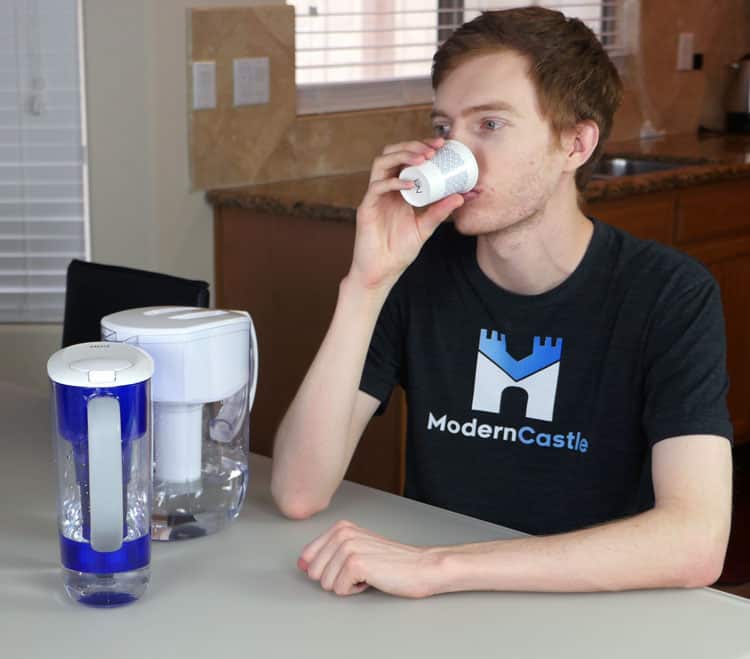
EPA Drinking Water Toolkit
The EPA has also created a Drinking Water Toolkit that can be used in schools, daycares, and public water utilities:
- 3Ts for Public Water Utilities
- Training, Testing, and Taking Action
- 3Ts for Child Care Facilities
- 3Ts for Tribal Schools
New Promising Technology for Sealing Lead Pipes
New research has shown promising results in creating a mineral barrier in lead pipes to reduce leaching into drinking water. Currently, scaling to seal lead pipes can take months or even years. By threading a wire into the pipe and creating an electric current, the same process can take just hours.
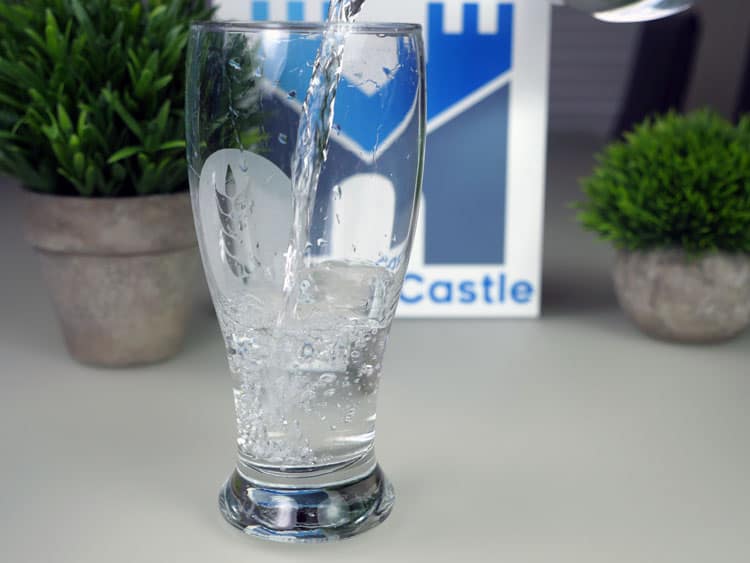
This is currently done by a process of introducing phosphates into the pipes to create a negatively charged environment. The phosphates bind with positively charged lead ions in the water and create lead phosphate, sealing the lead pipes and preventing flaking.
The technology has not made it into the ground yet, but scientists are working with local water utilities in California to do a real-world application test. If it passes the test, this could be a solution available to states that still have lead pipe infrastructure.
Summary
Some areas, like Flint, Michigan, has seen detrimental effects of lead contamination in drinking water. The Flint Water Crisis happened in 2014 and residents still do not have safe drinking water coming out of the tap.
Homeowners with houses built prior to 1970 should test for lead:
- Check the pipes to determine if they might be lead
- Contact the local water utility to find out if the service line has been updated
- Review the annual water report to see if there are any lead levels present
- Send water to a laboratory for testing
Lead can have irreversible effects on infants, children, and adults. Lead poisoning can happen if the home through paint or drinking water.
If lead is found, the best solution is to have the plumbing system fully replaced. Working with the public utility is optimal to have everything done at the same time. There are steps to take to reduce lead contamination if immediate removal is not feasible.
Be sure to check out our other resource guides:
